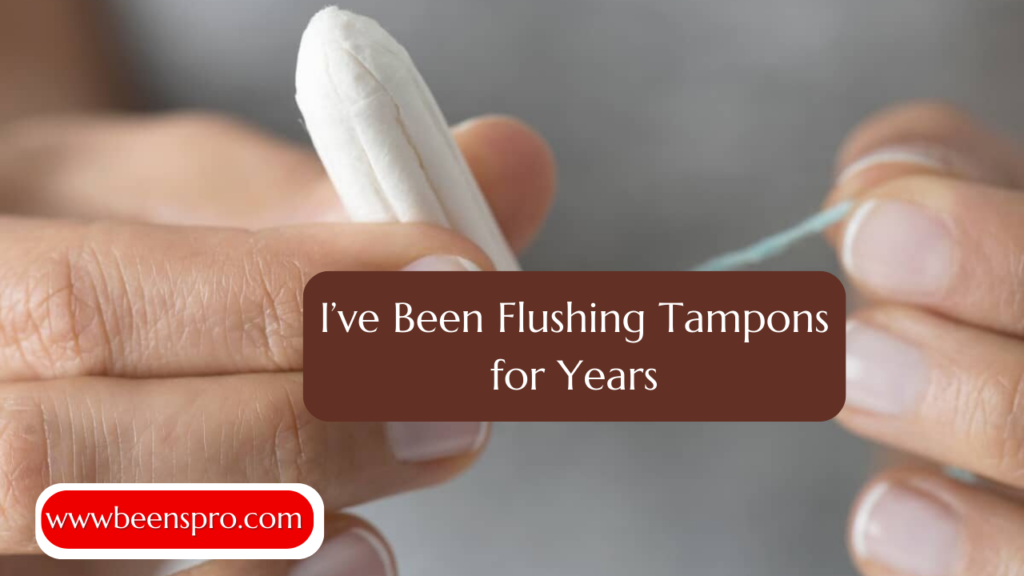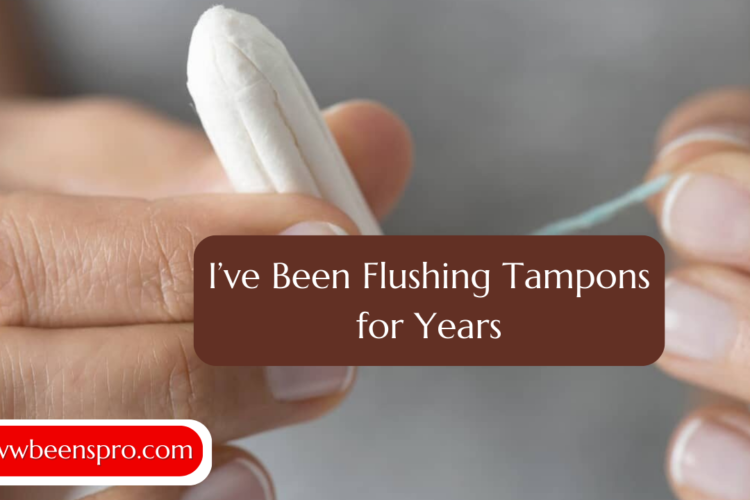
Understanding the Risks of Flushing Tampons
What Happens When You Flush Tampons?
Many people believe that tampons are flushable, but this is a common misconception. Unlike toilet paper, tampons are designed to absorb liquid and expand, making them a major hazard for plumbing systems. When flushed, they do not break down like toilet tissue, causing clogs and blockages in pipes.
The Long-Term Effects of Flushing Tampons
If you’ve been flushing tampons for years, you could be facing serious plumbing problems. Tampons accumulate in pipes, leading to partial or complete blockages. Over time, this can cause backups, slow drains, and costly repairs. In homes with septic tanks, flushed tampons can overload the system, causing it to fail.
Why Flushing Tampons is Bad for Plumbing and the Environment
The Impact on Your Plumbing System
Most residential plumbing systems are not designed to handle non-biodegradable items. Tampons can get caught in bends and joints within pipes, leading to severe clogs. If left untreated, this can result in:
- Toilet overflow – Leading to unsanitary conditions
- Blocked sewage lines – Requiring expensive plumbing repairs
- Pipe damage – Older pipes may crack due to pressure buildup
How Flushing Tampons Harms the Environment
Flushing tampons doesn’t just damage plumbing—it also impacts the environment. Most wastewater treatment plants are not equipped to filter out synthetic materials like tampon fibers, which means these products often end up in oceans, rivers, and lakes.
Environmental consequences:
- Marine pollution – Tampons and other sanitary products contribute to water pollution.
- Harm to wildlife – Animals can mistakenly ingest tampon fibers, leading to fatal consequences.
- Increased landfill waste – Flushed tampons that don’t make it into sewage treatment plants end up in landfills.
What Should You Do Instead? Proper Tampon Disposal Methods
The Right Way to Dispose of Tampons
Proper I’ve Been Flushing Tampons for Years disposal helps protect plumbing and the environment. Instead of flushing, consider these safe disposal methods:
- Wrap it up – Wrap used tampons in toilet paper or a disposable wrapper before tossing them in the trash.
- Use a disposal bag – Some brands offer tampon disposal bags designed to contain odor and bacteria.
- Invest in a small trash bin – Keep a designated bathroom trash bin for menstrual waste.
Eco-Friendly Tampon Alternatives
For those seeking sustainable period solutions, several eco-friendly alternatives are available:
- Menstrual cups – Reusable and made from medical-grade silicone, reducing waste.
- Organic cotton tampons – Biodegradable and free from synthetic materials.
- Reusable cloth pads – Washable and long-lasting.
- Period underwear – Absorbent fabric designed to replace tampons and pads.
What Happens When You Flush Tampons Down the Toilet?
Many people don’t realize that flushing tampons causes long-term damage. Here’s what happens after you flush:
- Tampons absorb water and expand in pipes.
- They get caught in pipe bends, leading to clogs.
- Tampons that reach sewage plants don’t break down and may end up in the ocean.
Is It Safe to Flush Tampons Down the Toilet Long-Term?
Short answer: No. Even if you’ve never had a clogged toilet, flushing tampons over time can lead to severe plumbing issues. Many homeowners only realize the damage years later, after facing a costly plumbing disaster.
Common Myths About Flushing Tampons
Are Some Tampons Really Flushable?
Many tampon brands claim their products are flushable, but this is misleading. While some tampons may pass through toilets, they don’t disintegrate like toilet paper.
Can a Few Flushed Tampons Really Cause Plumbing Disasters?
Yes! Even flushing a few tampons can lead to clogs. Many homeowners mistakenly believe that since their toilet seems to flush normally, nothing is wrong. However, tampons often get trapped deep within pipes, causing slow-draining water and backups.
Final Thoughts
Flushing tampons may seem harmless, but the reality is that it can damage plumbing, harm the environment, and lead to costly repairs. By switching to proper disposal methods and considering eco-friendly alternatives, you can protect both your home and the planet.
FAQs
What should I do if I’ve been flushing tampons for years?
If I’ve Been Flushing Tampons for Years regularly, call a plumber to check for blockages. Stop flushing immediately and switch to proper disposal methods.
Can flushing tampons really clog a toilet?
Yes, tampons expand in water and can get stuck in pipes, leading to serious clogs and costly plumbing repairs.
How do I dispose of tampons properly?
Wrap used tampons in toilet paper or a disposal bag and throw them in the trash. Some brands also offer biodegradable options.
What are the best eco-friendly alternatives to tampons?
Menstrual cups, organic cotton tampons, reusable cloth pads, and period underwear are all sustainable options.
Are “flushable” tampons really safe to flush?
No, even “flushable” tampons can cause blockages in plumbing and sewage systems. It’s best to dispose of them in the trash.
